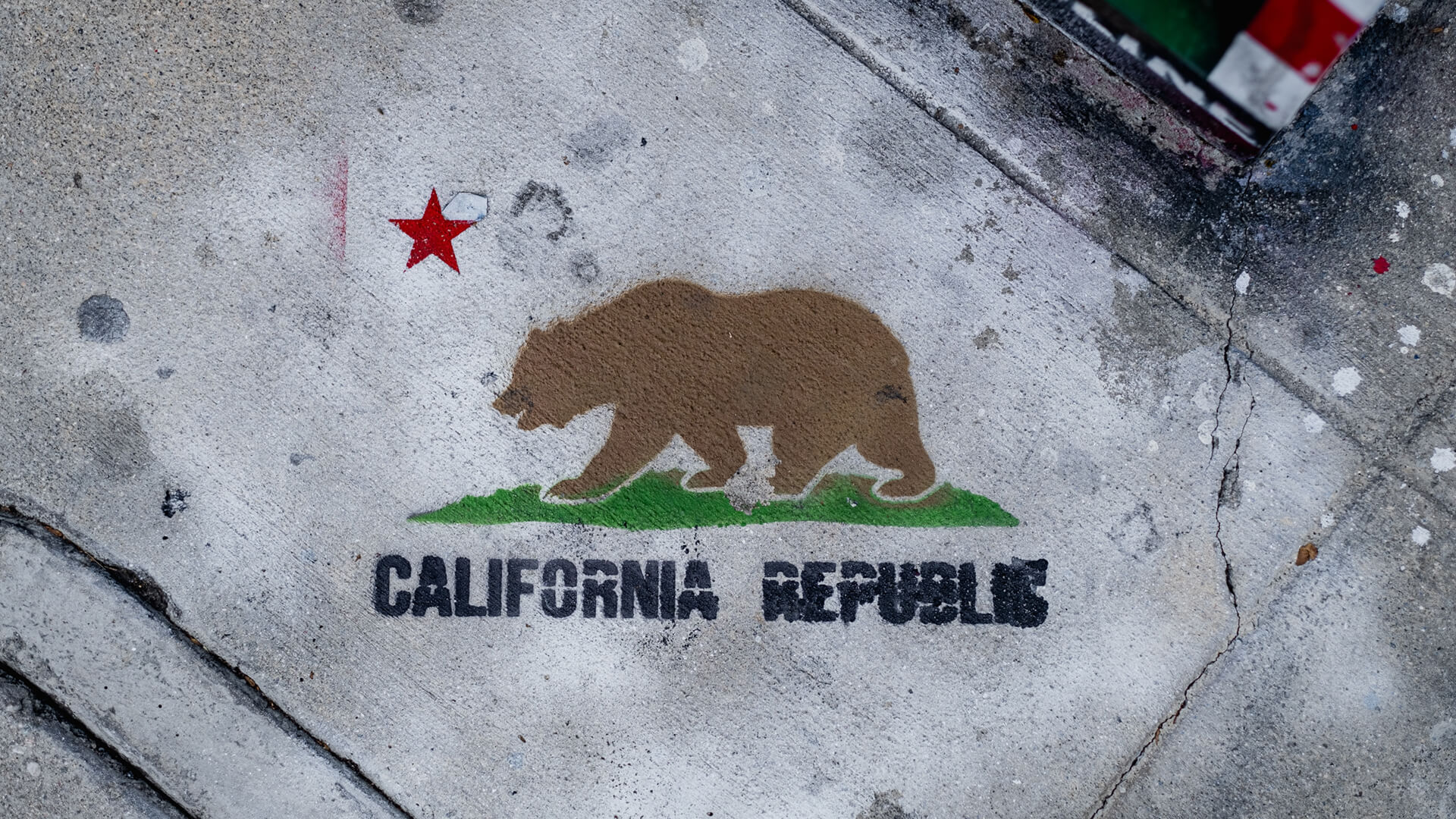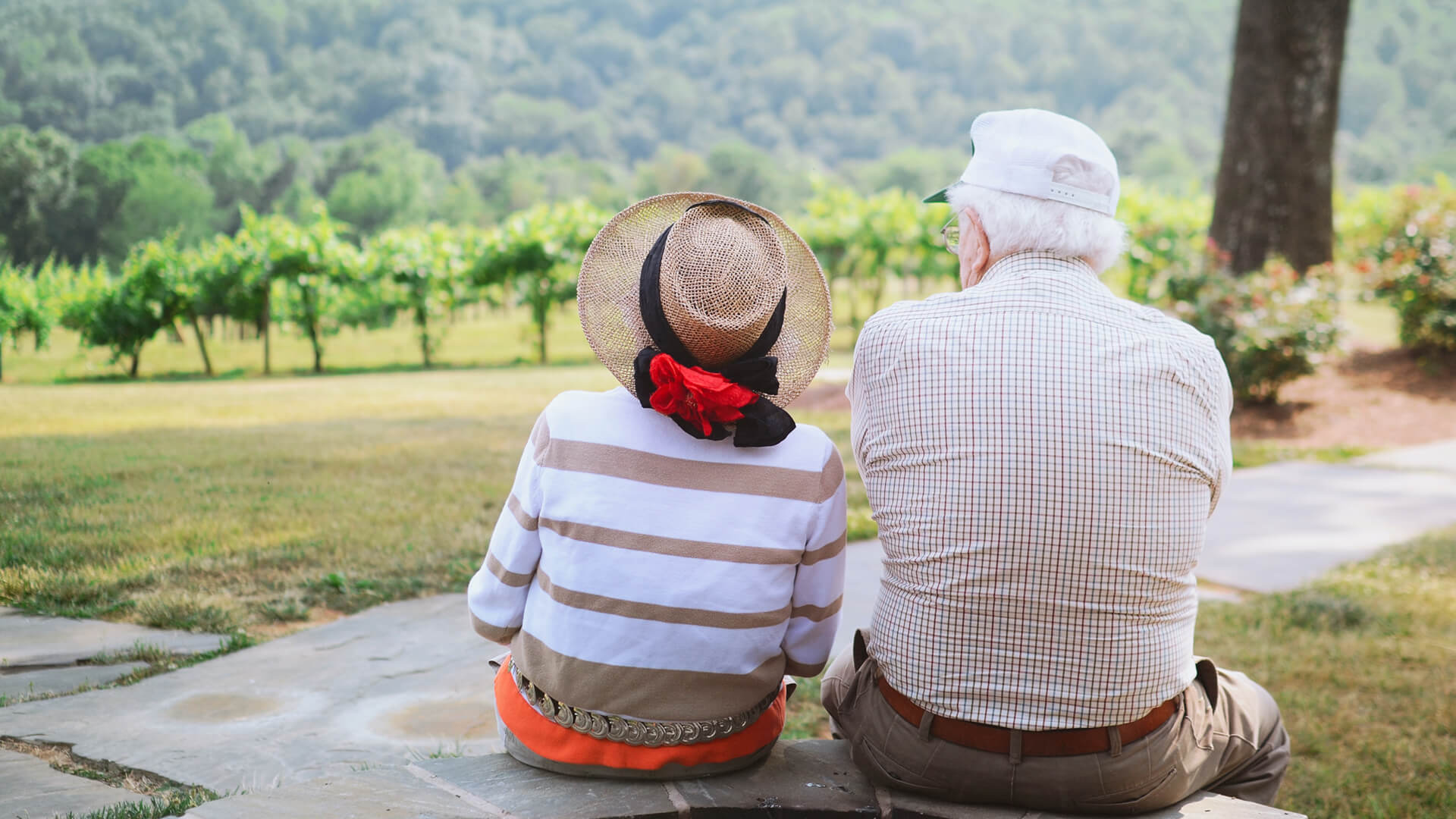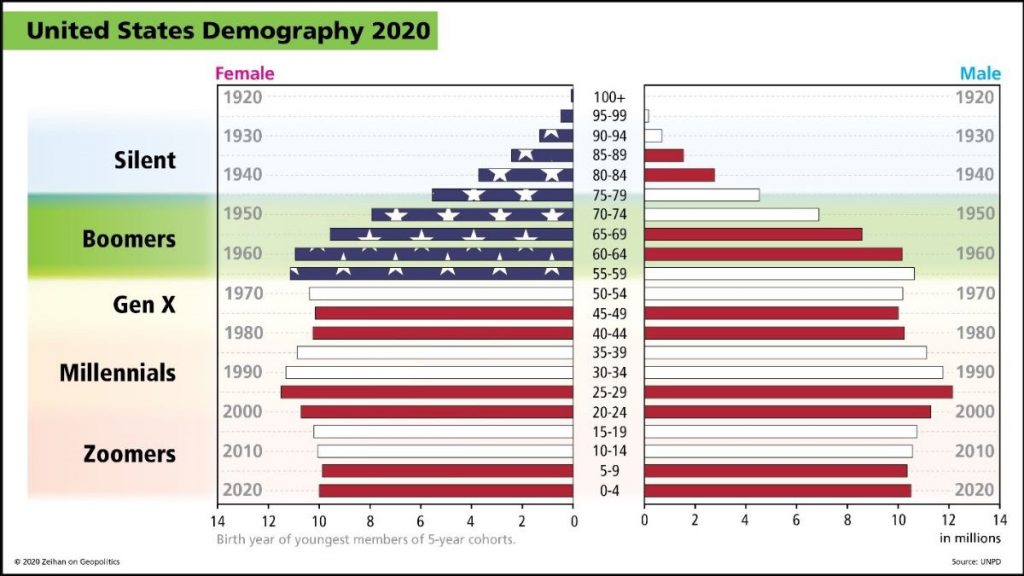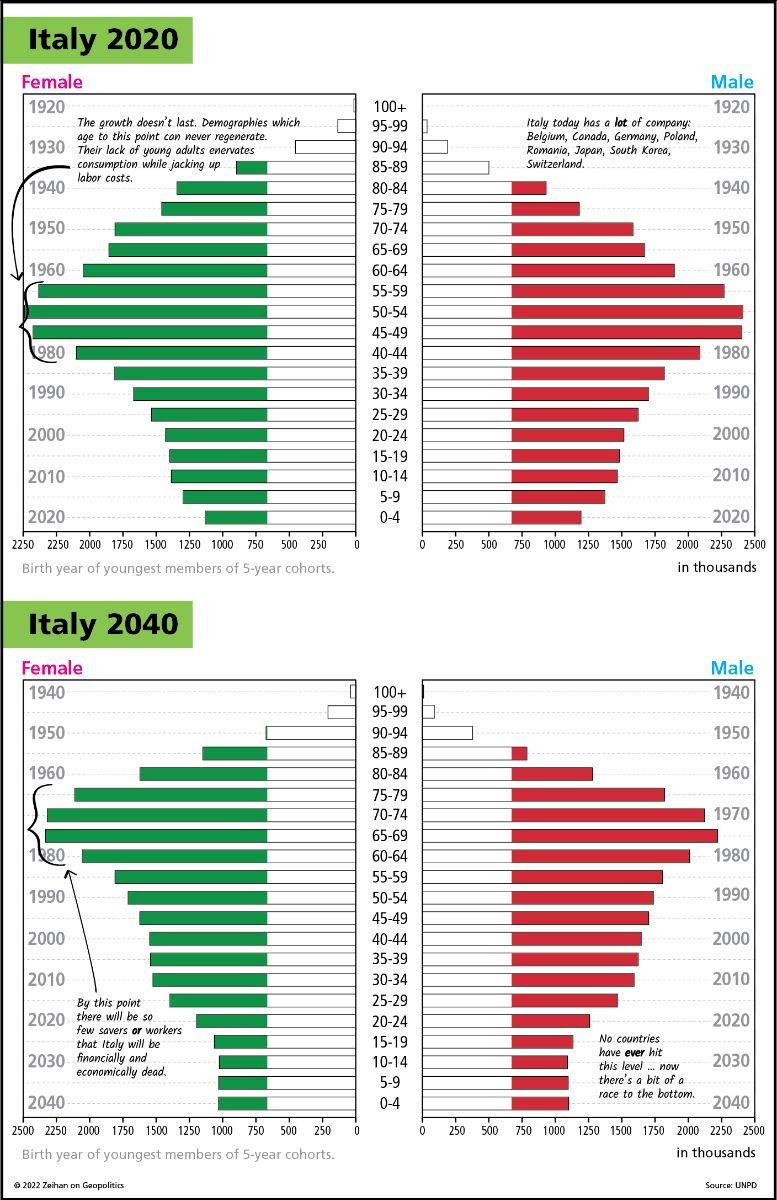The seven-day moving average for new COVID deaths in the United States is back up above 1,000 – a figure the Americans have not suffered since before COVID vaccines became widely available back in April. To that end, a series of new government and private sector policies addressing COVID have popped up in the past few days. Collectively, they suggest the United States finally can see an end to the COVID tunnel.
From least important to most:
First, Biden has directed OSHA to force all firms employing at least 100 people to get their entire staff fully vaccinated. This is on top of his pre-existing orders for all federal workers, all military personnel, and all federal contractors. In all, it potentially impacts two-thirds of the American work force.
The law is firmly on the government’s side here. A 1905 Supreme Court ruling – which has been reaffirmed multiple times in the decades since – makes it exceedingly clear that any U.S. legal jurisdiction can force mass vaccinations. The precedent has already been cited by multiple federal judges in flatly denying petitions filed by those challenging COVID vaccine mandates. Chief Justice John Roberts actually has a portrait of the judge who penned the 1905 decision on his office wall. None other than Trump Supreme Court appointee Amy Coney Barrett has brushed off similar challenges from even reaching her bench. Legally, challenging this (successfully) is a dead letter.
But this is OSHA and OSHA isn’t quick. Between the standard rule-making process, the fact that this is not an act of Congress, and the inevitable legal challenges, this will take months. The biggest impact for the remainder of the year is that firms who were afraid of their own vaccine holdouts now have all the political and legal cover that they could want to implement their own mandates. This does move the needle. This is going to impact millions of workers. But not the 100ish million workers the headlines would suggest.
Second, the new Biden announcement forces the staff of any firm which who provides any services that use any funding from Medicare or Medicaid to get vaccinated. This covers all employees of any relevant medical facility from the surgeons to the janitors.
This directly impacts several million health care and support workers, and is far from small, but the real impact isn’t direct. What’s truly at stake is the health insurance industry now has the full federal cover they need to cut the cord connecting them to 2020’s emergency measures. The collective decision made last year – both in health care and government – was that COVID was not a “preventable disease” and so sufferers should not be responsible for COVID-related medical bills. Not simply the big tickets themselves, but even “normal” things like health insurance deductibles.
This norm has been loosening since June, when it became obvious there was going to be a substantial vaccine hold-out population. With Biden’s Medicare decision, the cord will now be cut. Private insurance will now consider COVID a “preventable disease” which means unless there’s a mitigating factor, unvaccinated COVID patients will largely be responsible for their own medical expenses. The average COVID-related hospital stay runs $17,000 – that goes up to $50,000 if you end up needing ventilator time.
Delta Airlines has proven that such financial disincentives work. Less than a month ago Delta told its employees that if they could not prove they were vaccinated, they would have to pay insurance premium surcharges of $200 a month. Just one paycheck later, some one-fifth of the holdouts had already joined the ranks of the vaccinated.
Third and most importantly, this week the Los Angeles school board adopted plans to force all students eligible for the vaccine – that’s everyone 12 and over – to get vaccinated if they are to remain in school in-person for the spring 2022 semester. The rationale isn’t difficult to justify. Children are now the single largest block of unvaccinated, and while young COVID sufferers tend to have less severe symptoms than adults, the Delta variant hits them far harder than the initial China strain. Fully one-quarter of all cases are now in children.
The chief reason why the United States is not a disease-infested dystopia is that all children under 18 are subject to a rolling series of vaccinations as a precondition for attending school. Think tetanus, chicken pox, and mumps. This system not only vaccinates a large chunk of the population directly, but establishes lasting immunity to a host of diseases that regularly plague less advanced countries.
With COVID, this standard process has not been an option. Initial vaccine trials focus on healthy adults, and only over time move into younger population cohorts. In addition, we’ve been vaccinating the population in reverse, starting with populations with the highest mortality rates (the elderly) and working our way backwards. This was done to prevent deaths, but it also means the normal bulwark against long-term disease spread hasn’t been built. Hasn’t even begun to be built.
There will be legal challenges to the LA board’s decision. (Honestly, I’m sure that in the time it took me to write this, the first ones have already been filed.) All of consequence will fail. Not only because the legal precedent is with the board, but because all the board did was add one more vaccination to the existing list – a list that the board has full legal authority to expand as it sees fit. Others will follow LA and its six hundred thousand students.
To be direct, this sort of mandate is how the United States beats COVID.
Why do I care? Why am I considering a health issue to be part of my geopolitical bailiwick?
Two reasons:
First, demographics. The healthier the population, the more economically productive a population, the less dependent upon foreign factors a country is. COVID has already resulted in the single-greatest reversal in the average American’s lifespan since the country’s last major health crisis: the Spanish flu epidemic of 1918-1919.
Second, the world is in the midst of the greatest geopolitical transition of our lives, and arguably the largest one since the onset of the deepwater navigation era in the late 15th century. Globalization is in a state of collapse. Ten years from now, the countries that have proven able to secure their means of production, their manufacturing supply chains, their internal consumption, and their labor force from the vicissitudes of global disorder will be the ones who rule the future. America’s unvaccinated population is now the single biggest threat to each and every step of that process.
Mass vaccinations are how the United States retains its population and its position and its potential and its freedom for action – for decades to come.
So get the damn shot already.
If you enjoy our free newsletters, the team at Zeihan on Geopolitics asks you to consider donating to Feeding America.
The economic lockdowns in the wake of COVID-19 left many without jobs and additional tens of millions of people, including children, without reliable food. Feeding America works with food manufacturers and suppliers to provide meals for those in need and provides direct support to America’s food banks.
Food pantries are facing declining donations from grocery stores with stretched supply chains. At the same time, they are doing what they can to quickly scale their operations to meet demand. But they need donations – they need cash – to do so now.
Feeding America is a great way to help in difficult times.
The team at Zeihan on Geopolitics thanks you and hopes you continue to enjoy our work.
DONATE TO FEEDING AMERICA

















